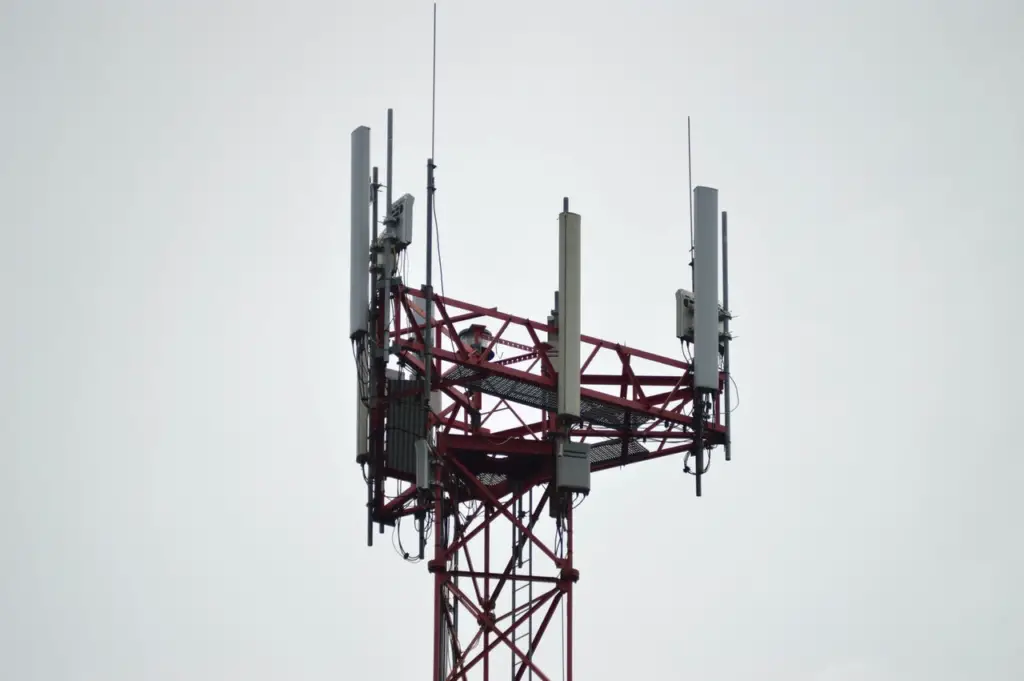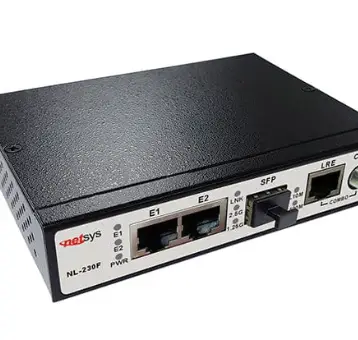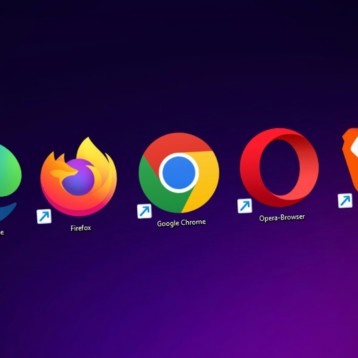
Despite the age of Internet connectivity, it is still in its evolution phase. As more people are moving towards wireless connectivity, the demand for high-speed internet continues to grow.
In 2010, 240-pixel streaming was regarded as an achievement in terms of bandwidth. However, since then, most of the end user’s expectations have been met. Below are some of the changes you can expect from the future of high-speed internet plans in Melbourne from Swoop Broadband.
1. Fewer Wires And Cables
Every month, new cables are being added to the globe to bring faster and more reliable connectivity to the end-users. Unfortunately, this process requires a lot of work and resources to be successful. 5G is delivering better download speeds than a typical broadband connection, and it’s also enabling users to have better performance. The need for ground stations via sea routes around the globe is necessary for these changes to be managed. With more cables outside your home boosting your signals, the number of cables you will need inside your home will decrease.
2. Better Interconnectivity Between Devices
The Internet of Things is a concept that refers to the interconnected devices that make up smart homes and workplaces. High-speed internet allows devices to connect securely to each other. It also resolves issues related to network latency and insecure communication. All connectivity issues involving slow connections will be resolved when high-speed internet improves.
3. Cloud Services
The evolution of the cloud infrastructure will be massive and will require a major overhaul as more and more software services move to the cloud. The advent of high-speed internet will enable people to install large software files without having to install them on their own devices. This will solve the issue of gaming services that are struggling due to the lack of bandwidth.
4. Availability Across The Planet
High-speed internet connections will enable people in remote regions to connect to the rest of the world. This is because satellite technology can provide faster connectivity than traditional cables. SpaceX is one of the companies that has launched an attempt to provide high-speed internet access to remote areas. The company has deployed a constellation of satellites.
5. Affordability
A high-speed internet connection can be very costly. This is why the prices must be slashed when the connection gets too expensive. The evolution of the internet is still in its early stages, and it requires a lot of investment to maintain it. Eventually, high-speed internet will become relatively cheap as the technology improves.
6. Maintenance Will Be Easier
In the future, high-speed internet will require the services of companies that can provide maintenance and support. Xtrium will be among those that can meet this need. Companies will need to be well-equipped to maintain and troubleshoot an ever-evolving network of internet computing machines, appliances and devices.
The expectations related to a high-speed internet connection will never stop. As more people gain access to it, the cost of connectivity will also decrease. Cloud computing services will also become more accessible.
Superfast Internet- The Future Is 10G
As the world’s technology transformation continues, we need to ensure that our networks are up to speed and ready to support the next generation of connectivity.
Internet Speeds Are Continuing To Increase
Most of us have access to 1-Gigabit per second through our cable TV or broadband networks. Soon, these speeds will be even better. Newer tech has dramatically increased the way data is transferred. In the coming years, the speeds will be more than double what they are currently.
Reaching 10G
To reach 10Gbps, networks need to be able to handle more data. The deployment of DOCSIS 3 will allow us to increase the bandwidth available to our devices, dramatically improving the quality of video and gaming.
With the introduction of 10G, you can download and stream large files without having to rely on a cable modem. This technology will allow the existing cable infrastructure to handle the increased bandwidth needed to support the growing number of internet users.
Increased Protection
The rise of the Internet of Things has raised concerns about security risks. Over the next decade, the number of devices connected to the network is expected to reach 22 billion.
CableLabs recently introduced a new approach called Micronets that can identify and organize devices on a network. With a high-speed network, wireless operators will be able to transmit calls over distances, and thus reduce the strain on their mobile network. This will enable the development of 5G wireless technology.
Many cable companies have started offering gigabit speeds, and many more are expected to follow soon. This is good news for consumers wanting to experience the advanced capabilities of today’s networks.










